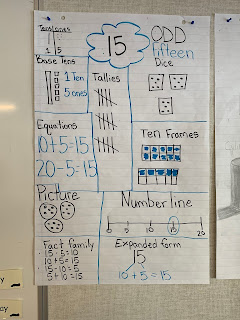New Words Of The Week
We will focus on these words for two weeks
Science
-Last Week we finished our Hot and Cold Temperature Unit and tested our Hot Chocolate insulators. Please see the following for some of our photos! We covered and explored the following outcomes from the Science curriculum. Feel free to take a few minutes to review these outcomes.
Students can:
- Describe temperature in relative terms, using expressions, such as hotter than, colder than.
- Measure temperature in degrees Celsius (°C).
- Describe how heating and cooling materials can often change them; e.g., melting and freezing, cooking, burning.
- Identify safe practices for handling hot and cold materials and for avoiding potential dangers from heat sources.
- Recognize that the human body temperature is relatively constant and that a change in body temperature often signals a change in health.
- Identify ways in which the temperature in homes and buildings can be adjusted; e.g., by turning a thermostat up or down, by opening or closing windows, by using a space heater in a cold room.
- Describe, in general terms, how local buildings are heated:
- identify the energy source or fuel
- recognize that most buildings are heated by circulating hot air or hot water
- describe how heat is circulated through the school building and through their own homes.
- Describe the role of insulation in keeping things hot or cold, and identify places where some form of insulation is used; e.g., clothing, refrigerator, coolers, homes.
- Identify materials that insulate animals from the cold; e.g., wool, fur and feathers; and identify materials that are used by humans for the same purpose.
- Design and construct a device to keep something hot or cold.
- Describe ways in which temperature changes affect us in our daily lives.
-
NEW Science Unit
-Moving forward we will begin our exploration of magnets. If you have magnets at home, can you please send some in. Send them in a labeled ziplock bag if you would like them returned.
Students will:
- Identify where magnets are used in the environment and why they are used.
- Distinguish materials that are attracted by a magnet from those that are not.
- Recognize that magnets attract materials with iron or steel in them; and given a variety of metallic and nonmetallic objects, predict those that will be attracted by a magnet.
- Recognize that magnets have polarity, demonstrate that poles may either repel or attract each other, and state a rule for when poles will repel or attract each other.
- Design and produce a device that uses a magnet.
- Demonstrate that most materials are transparent to the effects of a magnet. A magnetic field will pass through such materials, whereas other materials interact with a magnet.
- Compare and measure the strength of magnets.
MATH
In Math we are continuing to explore addition and subtraction with numbers to 100. Students are starting to explore the idea of regrouping and making a new Ten when adding. Please spend some time ensuring your child feels comfortable with recalling the Doubles Facts. Also being able to identify which number is one more, two more, one less and two less is also a great tool in being able to add and subtract efficiently.
House Keeping:
- Jump Rope for Heart is Due Feb 20th
- Fun Lunch Feb 20th - Smarter Hotdogs


















